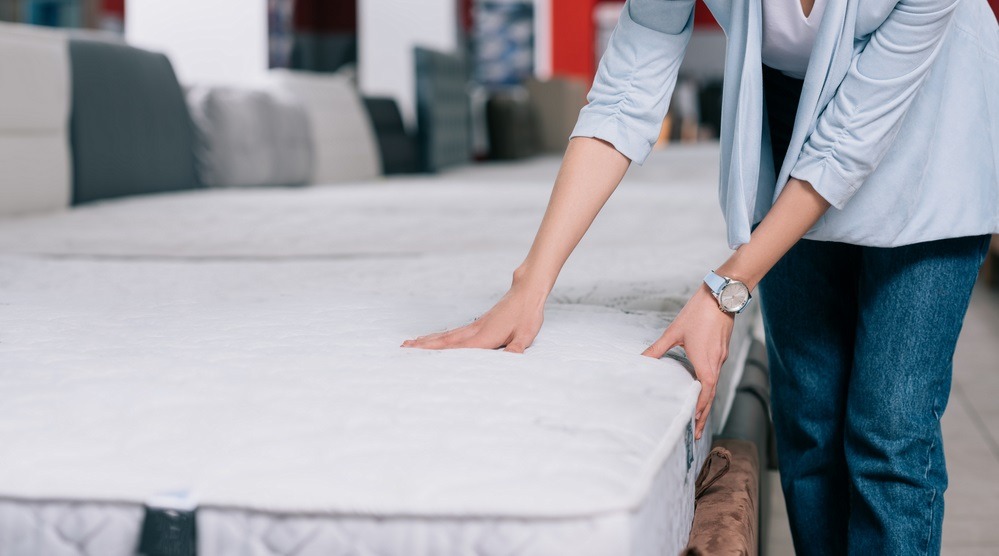Remember my friend from the winter women’s retreat who announced she was ready to plop down $700 for a king mattress set at a warehouse club? I have news!
She took a big left turn in her shopping. She shunned the warehouse shopping experience for a traditional furniture store in her town. The RSA who worked with her to buy a custom sofa and loveseat closed her on a set.
That RSA, she said, was fantastic. As they were picking out fabrics, frames and more, she slid a simple question into the conversation: Is there something else you need for your home? Well, guess what? She did, and once the sofa was designed and ready to order, the two of them marched over to the mattress section.
While there, she found the perfect bed for her, and spent $3,000 for a king set, more than four times her original planned outlay.
All three items are in her home now, and guess what? She’s in love with the bed.
Here’s a look back at the original tale.
While on a women’s retreat in the Low Country of South Carolina, the topic of mattresses bubbled up in conversation. A couple of folks in the group are in the market and are actively shopping for new beds for home. I’m almost certain they had seen some of the same digital ads and social media posts that I had seen, and the marketing efforts had sparked the topic.
As surprising as it may be to many of you, I did not introduce the topic of mattress buying to the group.
Two women are looking to replace mattresses in primary bedrooms, while another is close to making a decision for a new bed for a guest room. All three of them — like most consumers — have varying ideas of what a mattress “should” cost, what materials are used in making mattresses and what differentiates one rectangle from another.
The terminology that the industry has gravitated toward has leaked into their consumers’ vocabulary. “Hybrid,” “edge support” and “cooling technology” were all uttered at different times during the evening, but when asked what a hybrid was, they hit the Google with lightning speed.
The most interesting thing that caught my attention was the topic of pricing. One of the women on the hunt for a new mattress had found a “$700 king set” that another friend had recently bought for a guest room that had won over visitors at a vacation home. That “recommendation” was good enough for her, and why would she spend $1,999 for a mattress that looked the same as the less expensive one?
She was ready to buy it from a warehouse store before she tried it. No questions asked. The 120-day comfort guarantee, she said, would be her trial run with the mattress. The kicker? She’s in the middle of the Baby Boomer generation, and for her, it’s all about the price. She’ll buy another one in three years, if this one doesn’t work out, she said.
The other interesting tidbit — as her two fellow mattress buyers pushed her to at least find a store in which to flop on a mattress — she isn’t interested in interacting with a sales associate in a store. Too much hassle, she said.
It’s an interesting take and not unlike many other consumers in your marketplaces. I share to only to let you know that I see the challenges traditional sleep stores are facing in capturing the consumer’s money.
